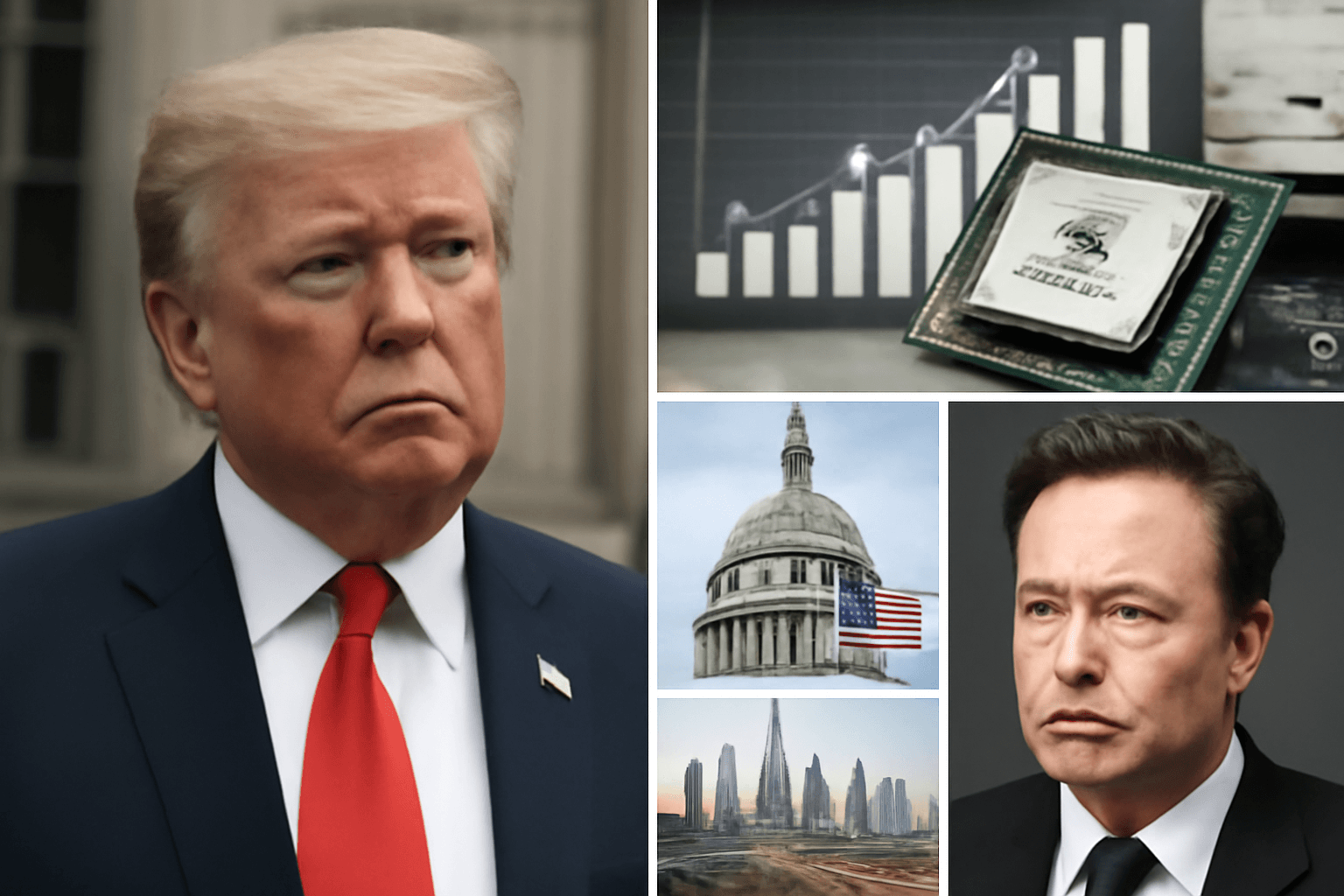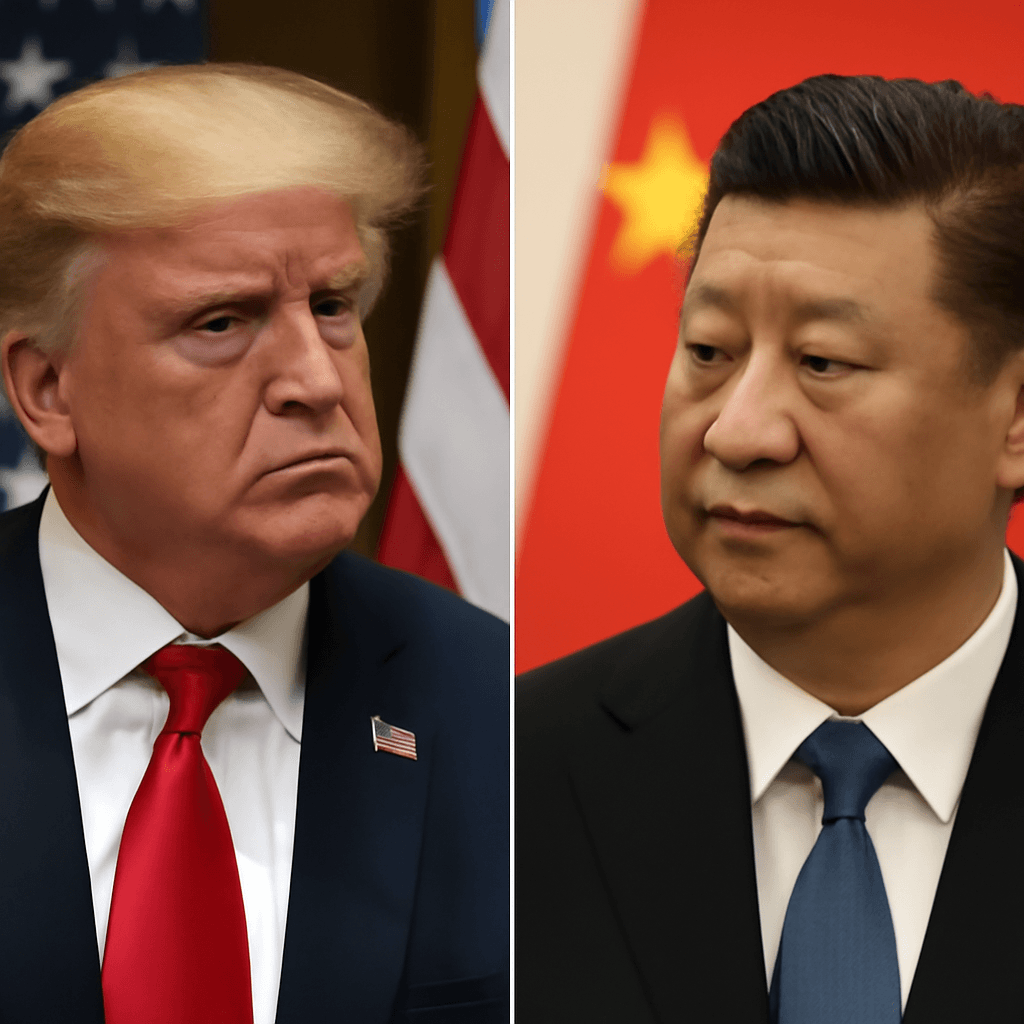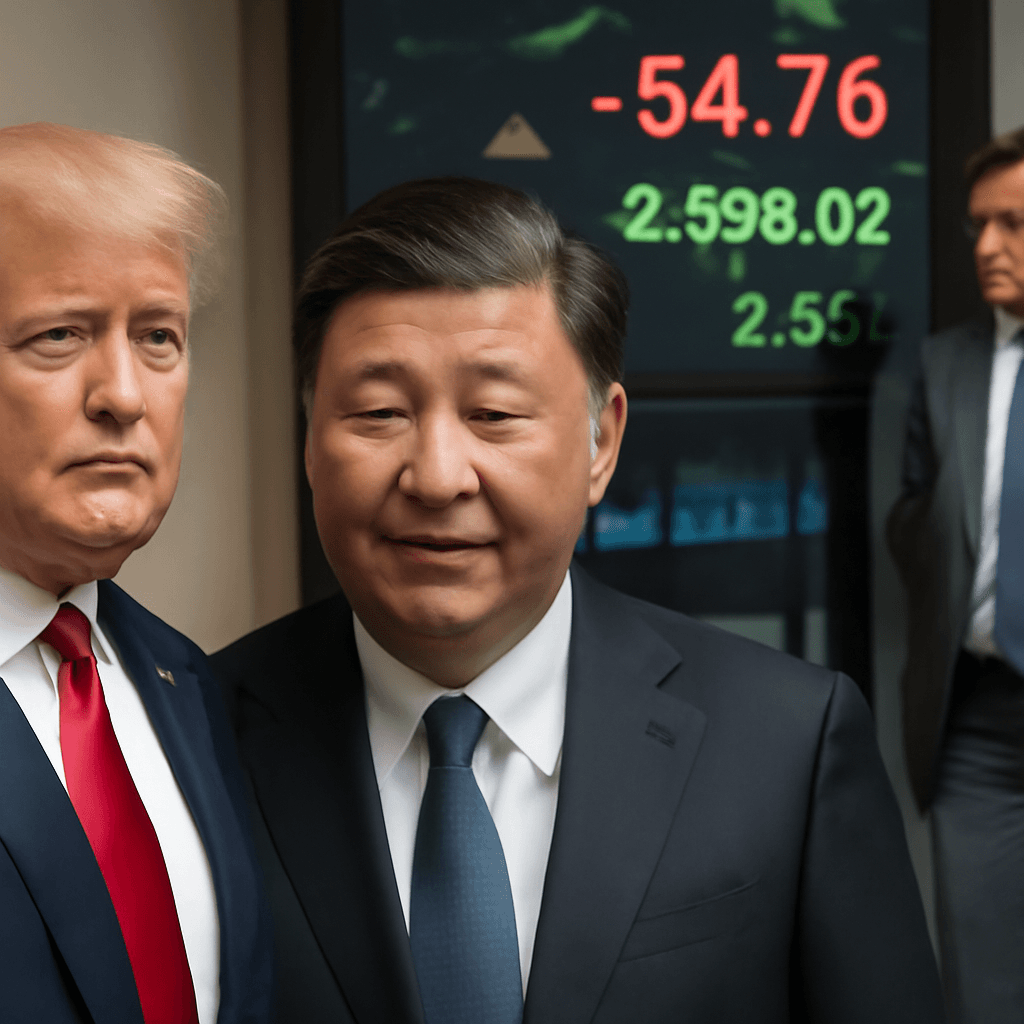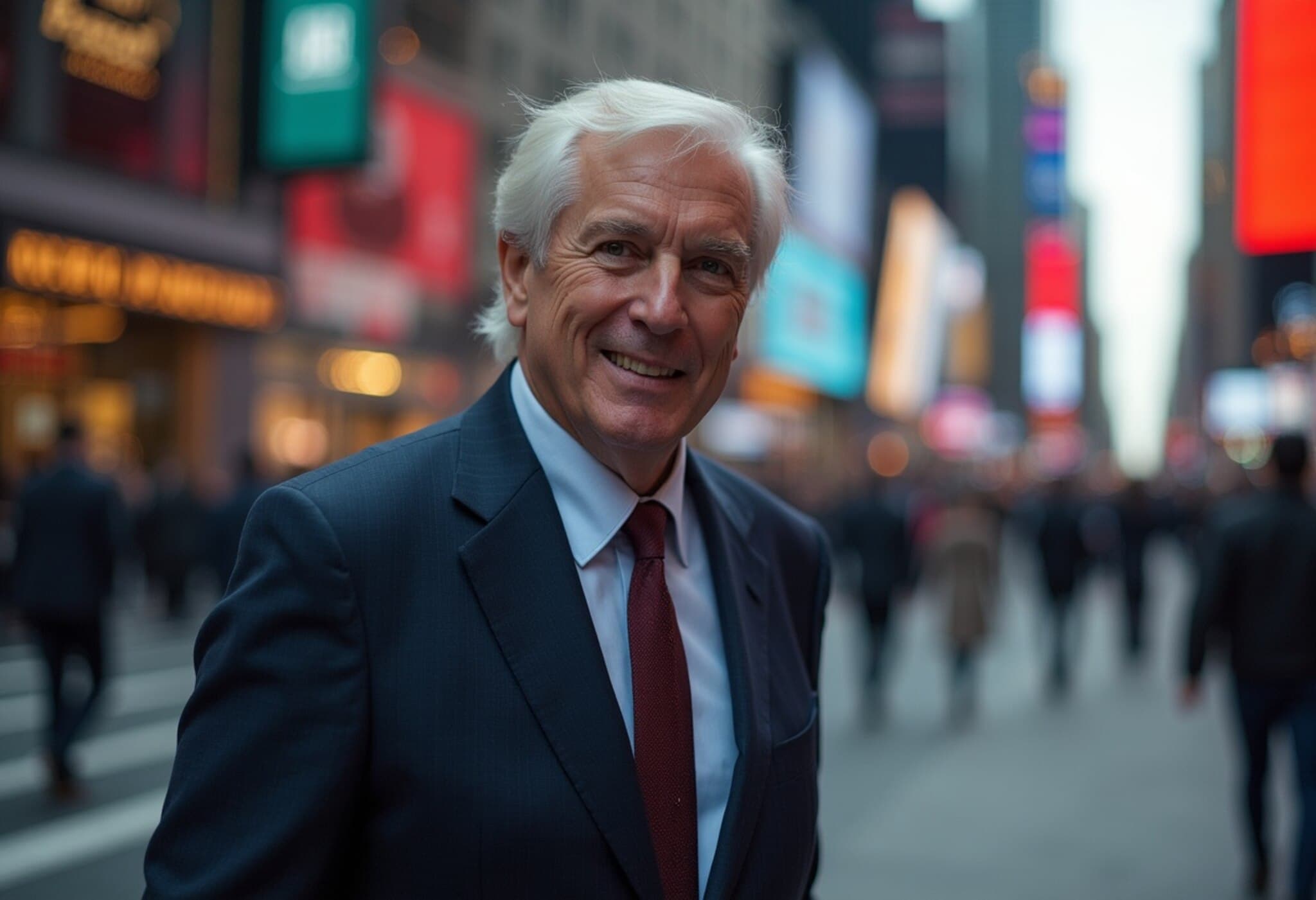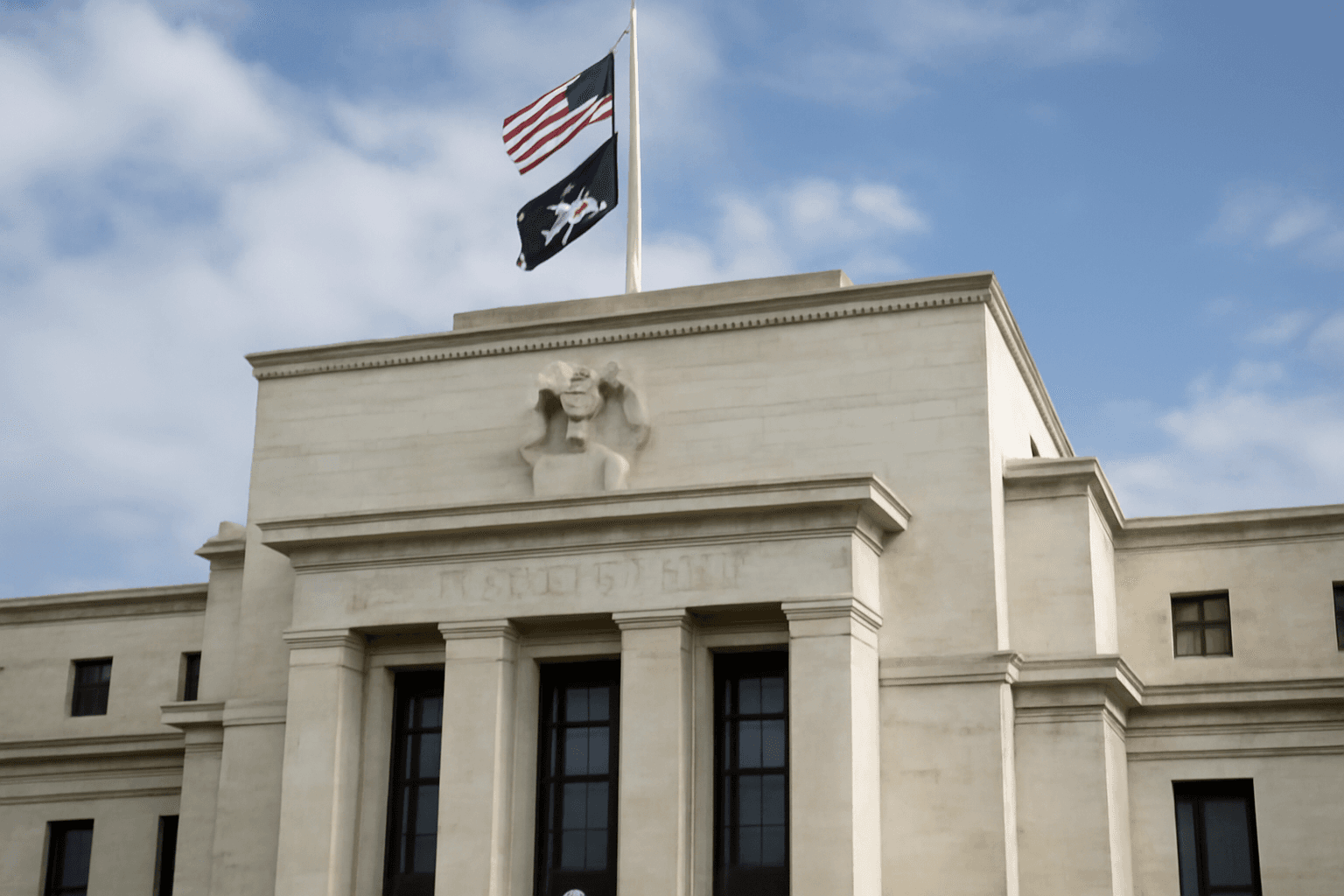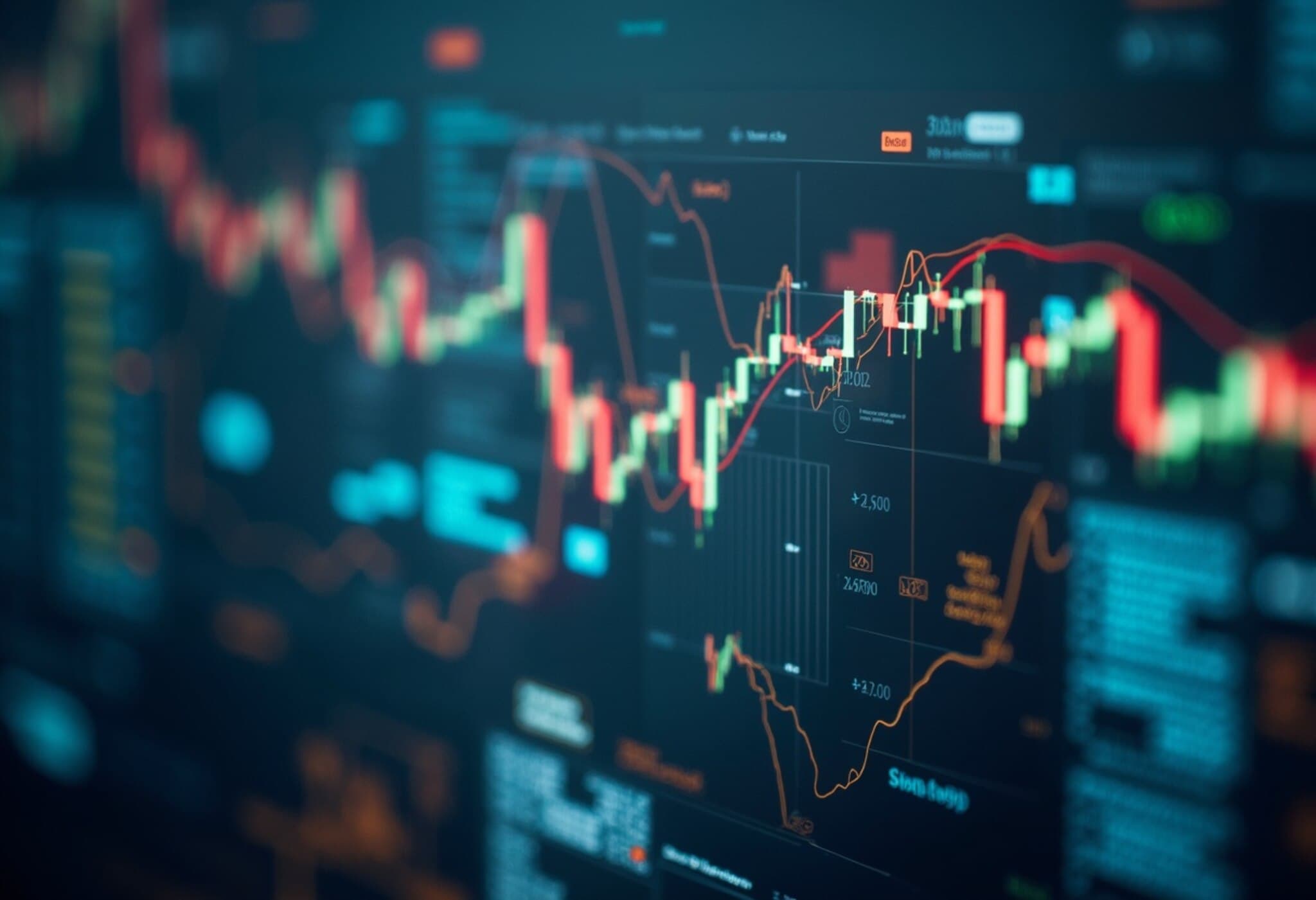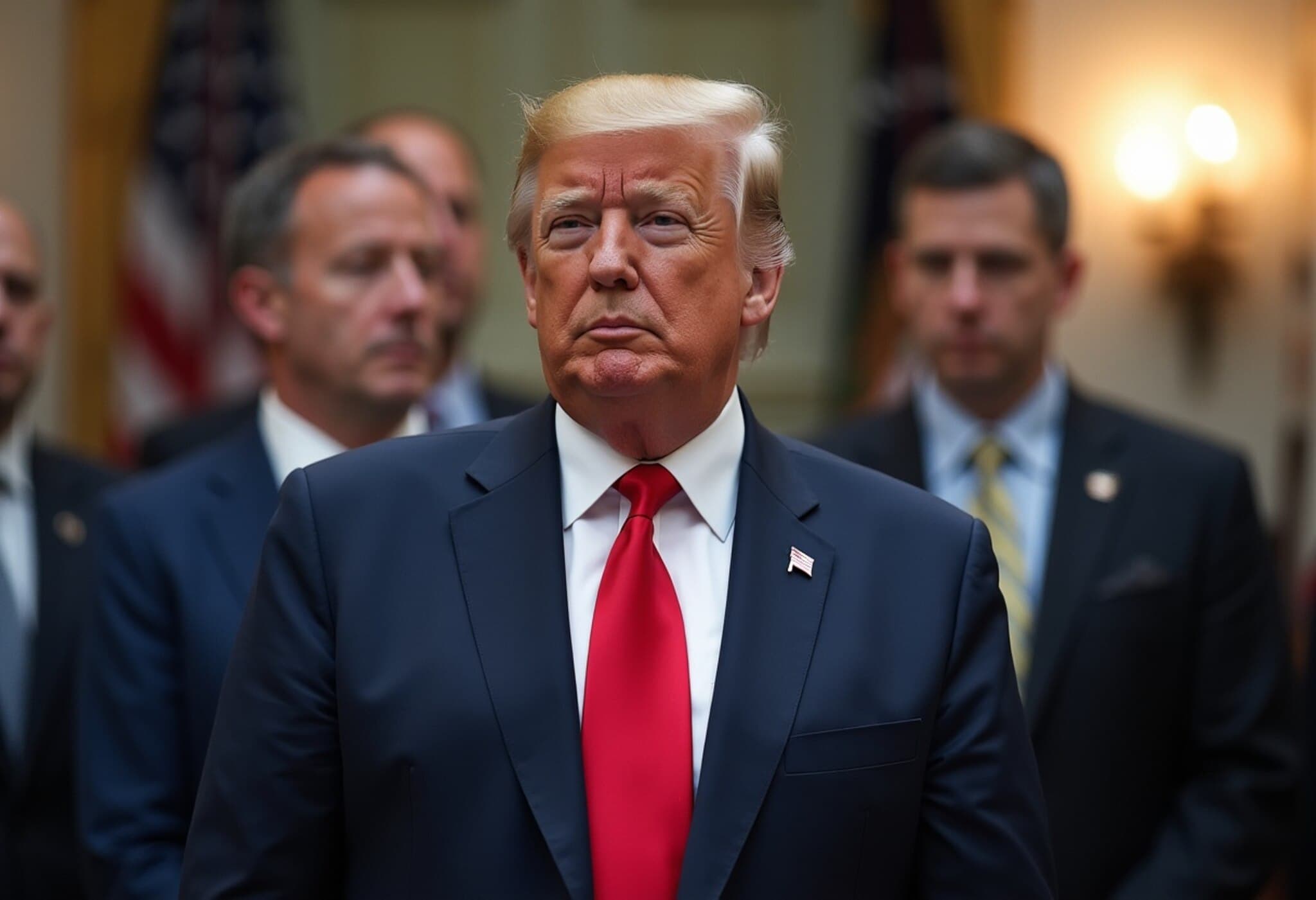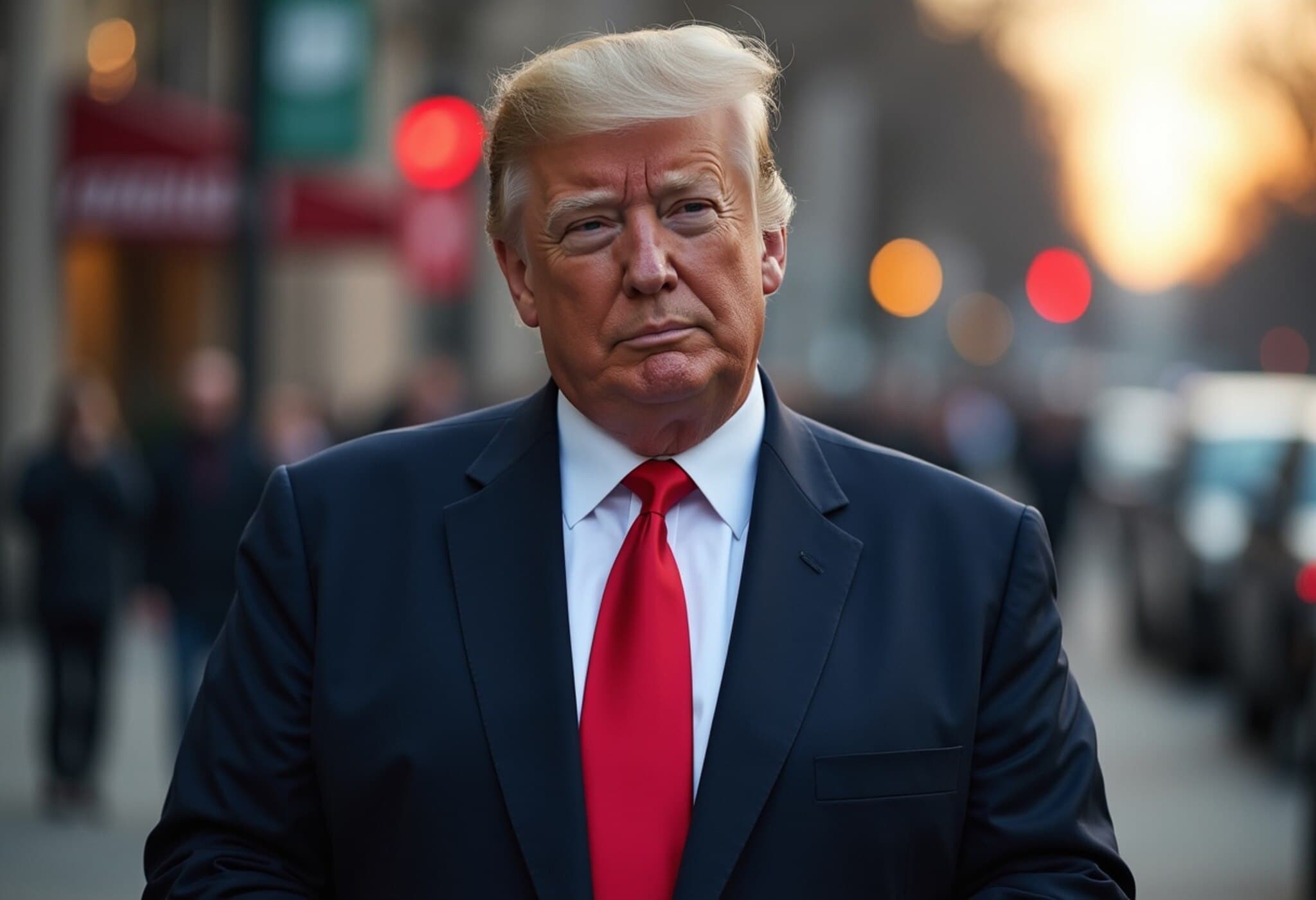Investors Challenge Federal Reserve Approach as S&P 500 Hits Historic High
In a financial landscape where optimism sparks amidst uncertainty, the S&P 500 surged past the 6,300 mark for the first time ever on Monday, signaling robust investor confidence. Yet, beneath this upward momentum lies a growing debate about the Federal Reserve's monetary policy, with prominent voices urging a critical reassessment.
Scott Bessent Calls for Reevaluation of Fed’s Strategy
Scott Bessent, U.S. Treasury Secretary, openly questioned the Federal Reserve's reluctance to cut interest rates this year despite muted inflation indicators. “I think this idea of them not being able to break out of a certain mindset,” Bessent remarked in a recent CNBC interview, expressing frustration with policymakers he described as overly entrenched in traditional economic thinking despite evidence to the contrary.
This critique arrives at a pivotal moment. June’s Consumer Price Index data reflected modest inflation, challenging the narrative that aggressive rate hikes remain necessary. Bessent’s comments highlight tensions within U.S. economic policy circles, where the balance between curbing inflation and fostering growth is fiercely debated.
Market Milestones Amid Policy Tensions
While the Fed’s course is under scrutiny, the stock market demonstrated resilience. The S&P 500’s breakthrough above 6,300 was fueled particularly by strength in technology sectors and consumer discretionary shares, underscoring investor appetite for growth stocks despite geopolitical headwinds and ongoing tariff disputes initiated by the Trump administration.
However, experts caution that today's market calm may mask future volatility, as the interplay between aggressive trade policies and unsettled monetary strategies could unsettle investors.
Key Market Developments to Watch
- Figma’s IPO Set to Shake Up Tech Valuations: The design software pioneer Figma announced plans for an initial public offering expected to value the company at up to $16.4 billion, reflecting continued investor enthusiasm for SaaS platforms.
- Trump Media’s Bitcoin Reserves Signal Cryptocurrency Shift: The Trump media enterprise has amassed approximately $2 billion in bitcoin, carving out a substantial stake in digital assets, which mirrors a broader embrace of cryptocurrency as a wealth vehicle amid fluctuating traditional markets.
- European Defense Stocks May Face Headwinds: According to a fund manager overseeing nearly $2 billion in assets, valuations in Europe’s defense sector might cool off, potentially correcting from a prior rapid bull run fueled by geopolitical tensions.
Emerging Technologies Fuel Market Optimism
Notably, breakthroughs in solid-state battery technology have stirred the automotive industry. These batteries promise greater energy density compared to conventional lithium-ion cells, offering a glimpse into the future of sustainable transportation. Recent commitments from leading automakers and cell producers suggest that commercialization could be within reach in the next five to ten years, potentially revolutionizing electric vehicle markets.
Contextual Insights: What This Means for the U.S. Economy
The current debate over the Federal Reserve reflects broader challenges facing U.S. policymakers—balancing inflation control without stifling growth. Bessent's public call for a policy review underscores frustrations with a perceived rigidity, which could have significant implications not only for domestic markets but for global economic dynamics.
With the S&P 500 reaching historic highs despite trade uncertainties, investors are showing faith in the economy's underlying strength. Yet, the juxtaposition of rising equity prices with calls for policy change signals volatility ahead. It raises critical questions about how adaptable financial institutions are to evolving economic realities and how policy decisions will impact employment, consumer prices, and market stability.
Underreported Angles
- Employment vs. Inflation Dynamics: The narrative often overlooks the dichotomy between stubbornly resilient job markets and surprisingly low inflation, complicating traditional economic models the Fed follows.
- Cryptocurrency as Political Finance: Trump Media’s bitcoin accumulation hints at an unconventional approach to wealth preservation and fundraising, signaling political actors’ increasing reliance on digital assets.
- Long-term Impact of Solid-State Batteries: Beyond immediate market reactions, the potential shift to solid-state battery technology could reshape supply chains, labor markets, and global competitiveness in automotive sectors.
Editor's Note
The current intersection of a surging stock market, calls for Federal Reserve policy reevaluation, and technological innovation paints a complex portrait of the U.S economy in 2025. Investors and policymakers alike must navigate this evolving landscape with both caution and agility. As the Fed grapples with inflation metrics that defy expectations, and market players explore novel financial territories including cryptocurrency, the fundamental question remains: how will established economic institutions adapt to rapid change without jeopardizing stability?
For readers, this moment underscores the importance of staying informed beyond headline figures—embracing nuanced perspectives and anticipating shifts that could redefine financial and policy frameworks in the near future.
— An expert analysis by Sam Meredith


